The Swabian company Pinion is revolutionising the bicycle market with an innovative, high-tech bottom-bracket gearing system. The aim is for bicycles in the mid-range price segment to also be equipped with the innovative gearshift from Denkendorf, Germany, in the future. The young company financed the investments in the tools they needed for market launch with KfW's help.
Gearshift defects have literally thrown generations of cyclists out of step. On the other hand, the widespread plight of cyclists helped two Swabian inventors, Christoph Lermen and Michael Schmitz, find the right course. And of all places, the two future founders of Pinion GmbH met in the development centre for engines and transmissions of the car manufacturer Porsche, where they were working as students.
"When one of our colleagues was late to work because his bike's chain was damaged," recalls Mr Schmitz, "we had an in-depth discussion about the disadvantages of conventional bicycle gearshift systems." They were obvious to Mr Schmitz and Mr Lermen, who are passionate about cycling: with a conventional chain gearshift, the rear derailleur is located on the outside and thus permanently exposed to dirt and wear. Developing an alternative to the commercially available derailleur gears or internal gear hubs — the idea has stuck with the two engineers since then.
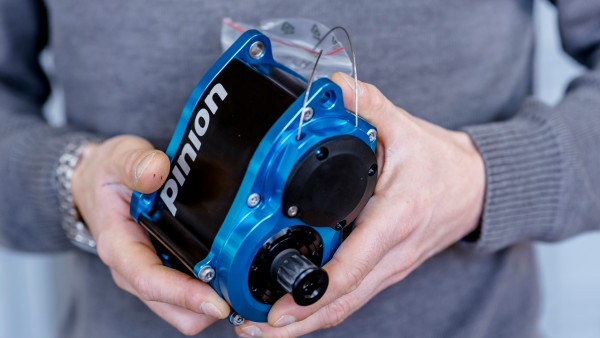
Well-protected
The high-tech gearbox from Denkendorf, Germany, is changing the bicycle market. It is mounted in an enclosed housing which keeps dirt out.
In 2008, Mr Lermen and Mr Schmitz founded Pinion GmbH. "It was a fluid process," said Mr Schmitz, describing the step into self-employment. For the two young entrepreneurs, it was a path with obstacles: the original investor, a supplier from the automotive sector, backed out due to the crisis in the car industry. A first prototype failed to withstand the stresses. Only the involvement of a business angel, who brought strategic expertise in addition to capital, and the successful maiden voyage of an extreme cycling athlete, a friend of the two, who subjected the Pinion gearbox to a stress test in the Himalayas, gave the start-up new momentum.
The level of interest among bicycle manufacturers was correspondingly high the first time a prototype was presented at the 2010 Eurobike trade fair. "In the components sector, technical innovations for bicycles are rare," says Mr Schmitz, explaining the positive response. Smaller manufacturers in particular were looking for new technologies to set themselves apart from the competition.
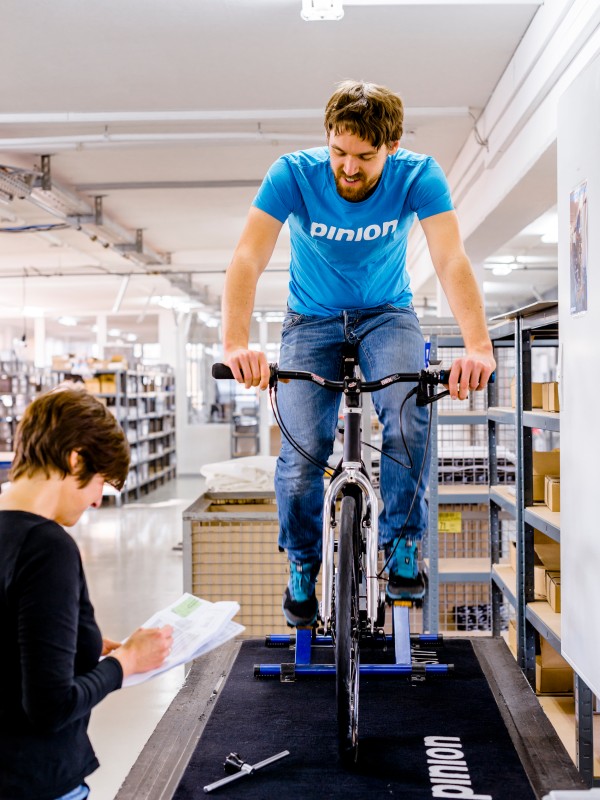
Test drive
The basic concept of the bottom-bracket gearbox dates back to the 1930s.
The high-tech gearbox from Denkendorf, Germany, at the gates of Stuttgart, started just at the right time. The basic idea of the bottom-bracket gearbox dates back to the 1930s, but never became established due to the complex production process. Nowadays Pinion demonstrates impressive technical finesse: the bottom-bracket gearbox with two spur gear sets connected in series is mounted in an enclosed housing to prevent it from getting dirty. It requires a low level of maintenance. Technically, the 18-speed bottom-bracket gearbox with 636 per cent allows for a much wider range of ratios. In addition, the gears can be shifted as needed. While derailleur systems tend to rattle and clatter, the Pinion gearbox — now also available in a 12- and 9-speed version — can also be shifted smoothly when stationary.
"The challenge was to create a competitive product," says Michael Schmitz. For example, a special bicycle frame is required to attach the gearbox to the bottom bracket. It was here that the founders of Pinion benefited from the e-bike trend. "This has made bicycle manufacturers more flexible when it comes to frame design." The growing market for high-priced bikes as an alternative to cars also helped to increase the prevalence of the bottom-bracket gearbox. Although the number of cooperating manufacturers grew from 11 at the outset to around 70, the high per unit production costs initially prevented the Denkendorf-based company from gaining access to larger manufacturers and the mid-range price segment of the bicycle market.
KfW finances innovation
From small-scale manufacturing to series production — this step has now been successfully taken by Pinion GmbH with the new C-Line — light, compact and at an attractive price. "To achieve this, we had to invest in new tools and moulds," explains Mr Schmitz, who is the head of Pinion. With the right production processes, it was possible to make the new gearbox line at around 40 per cent lower cost with the same technology. Pinion GmbH took advantage of the KfW Entrepreneur Loan Plus for investments in machinery and equipment and the construction of a warehouse. This KfW promotional programme helps finance investments and operating materials for innovative medium-sized enterprises with loan amounts of up to EUR 7.5 million per project.
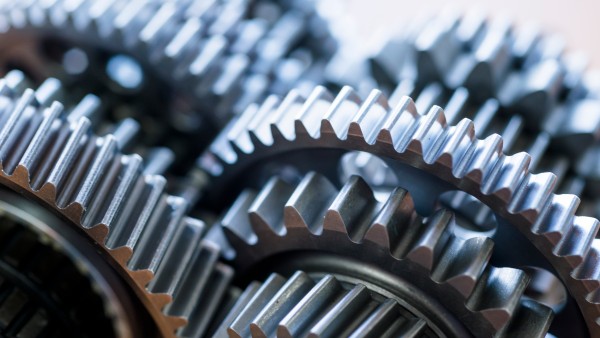
A view of the inside
The bottom-bracket gearbox consists of two spur gear sets connected in series.
Mr Schmitzund Mr Lermen got the idea to rely on KfW's innovation financing from an external consulting firm. "The KfW Entrepreneur Loan Plus was a perfect fit for our plan to further develop an innovative technology and launch it on the market," says Mr Schmitz, praising the terms of the programme: in particular, the 50 per cent exemption from liability of the on-lending regular bank associated with the loan is of great help to a young company without any significant collateral.
This financing instrument is enabled by a credit guarantee of the European Union and the European Fund for Strategic Investment and makes it easier for banks and savings banks to provide loans by assuming 50% of the credit risk. The medium-sized Swabian company also benefited from the particularly favourable interest rates for small and medium-sized enterprises with KfW Entrepreneur Loan Plus. The gearbox manufacturer was thus able to invest a total of just over EUR 675,000 in expanding production capacity with the loan from KfW.
The company's new regular bank, Volksbank Esslingen, which arranged the KfW Entrepreneur Loan Plus, is also convinced of the added value for all parties involved. "The cooperation with KfW's contacts has always been constructive and goal-oriented in the implementation of the financing," says corporate customer advisor Jürgen Goll.
"It goes without saying that these liability amounts require a sound business plan and a plausible explanation of the investment by the company owners in order to make a positive decision. But everything worked well. We are pleased to be able to accompany an innovative company from this field of business into the future together with KfW. The liability limitation and the very favourable interest rates were important factors for success."
The company presented its new C-line for the first time at the Eurobike 2016. Bike manufacturers were not the only ones to praise the company: the bottom-bracket gearbox was also named one of the top 3 innovations of the state of Baden-Württemberg in 2016. Mr Lermen and Mr Schmitz are now anticipating a further growth spurt. The Denkendorf-based company is using the new generation of gearboxes to target the bicycle market in the USA for the first time.
The described project contributes to the following United Nationsʼ Sustainable Development Goals
Goal 9: Build resilient infrastructure, promote sustainable industrialization and foster innovation
Non-existent or dilapidated infrastructure hinders economic efficiency and thus engenders poverty. When building infrastructure, the focus should be on sustainability, for example, by promoting environmentally-friendly means of transport. Factories and industrial facilities should also ensure that production is in line with ecological aspects to avoid unnecessary environmental pollution.

All United Nations member states adopted the 2030 Agenda in 2015. At its heart is a list of 17 goals for sustainable development, known as the Sustainable Development Goals (SDGs). Our world should become a place where people are able to live in peace with each other in ways that are ecologically compatible, socially just, and economically effective.
Published on KfW Stories: 22 March 2017, last updated 27 February 2018.

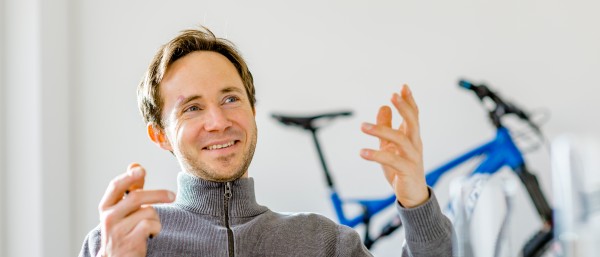




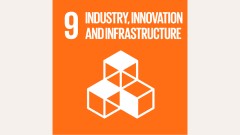

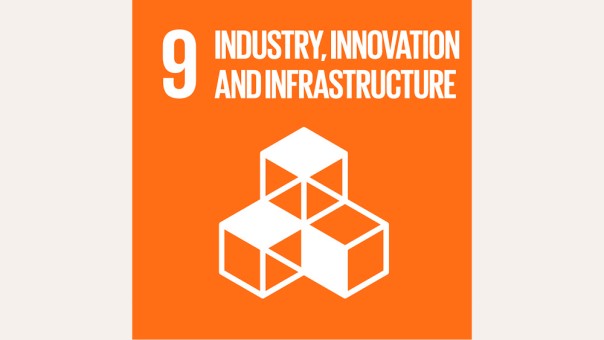

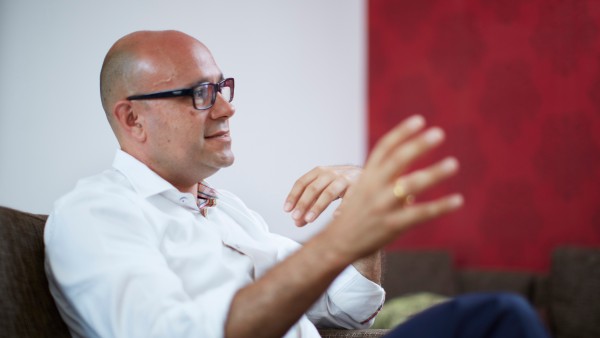
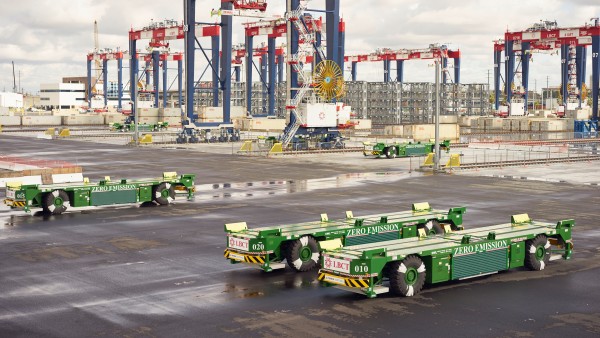
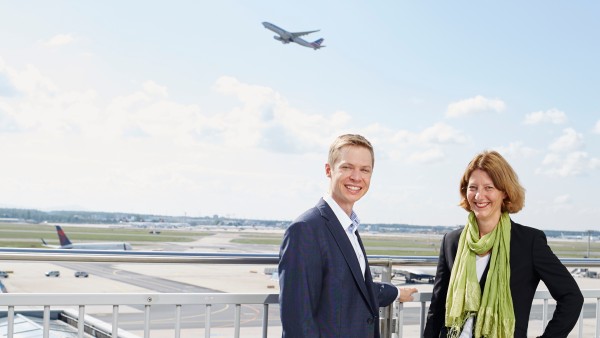
Data protection principles
If you click on one of the following icons, your data will be sent to the corresponding social network.
Privacy information